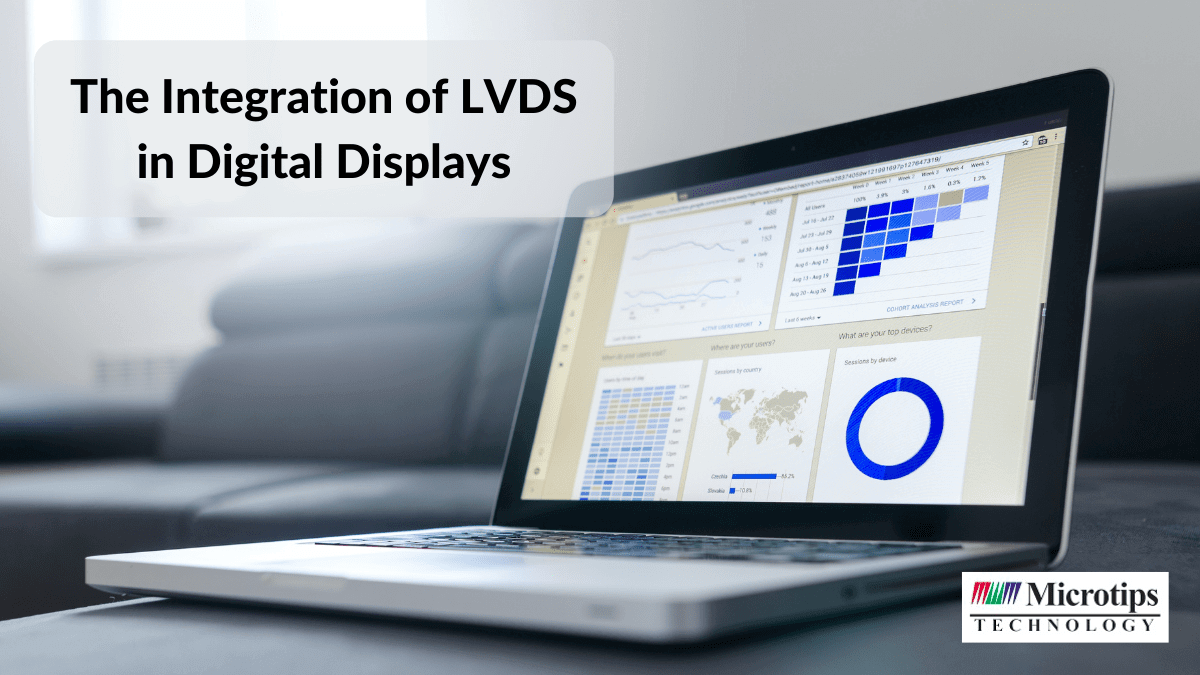Display interfaces are used to exchange information across different components. It operates over three primary functions, i.e., image decompression, image assembly, and communication to and from the display daemon.
Among the four most particular types of display interfaces are;
- LVDS (Low-Voltage Differential Signaling),
- eDP (Embedded DisplayPort),
- MIPI DSI (Mobile Industry Processor Interface Display Serial Interface),
- And, HDMI (High-Definition Multimedia Interface).
LVDS signaling is considered ideal for large displays, e.g., TV, laptops, and other computers. Its capability of transferring large pixels in less time makes it a popular and favorable choice for developing PMOLED, AMOLED, TFT, and different types of displays.
LVDS interfaces enable LCDs to send and receive data in the form of pixels. The data is transmitted using voltage differences, causing no interference, and indulging a smooth transfer of power.
With the advent of high-definition displays, there was a need for faster data transmission, which promoted the development of the LVDS interfaces we have today.
It started a revolution of high-speed, flexible, and visually appealing displays that has grown widely in recent years.
How Does It Work?
Signals can be transmitted in three ways;
- Single-ended mode,
- Common mode,
- And differential mode.
In the single-ended mode, data is transmitted through a line connecting the driver to the receiver. In contrast, in the standard manner, the data is transmitted through a single-ended or pair of differential lines. With noise coupled to the near-end or far-end signal source, there can be interferences in the circuits.
The differential mode is created using a pair with opposite polarities bridging the driver, and the receiver hence called differential pair or LVDS.
Advantages of LVDS Interfaces
- LVDS is mainly known for its low power consumption in data transmission.
- It can be operated at low power (as low as 1.2V).
- It has higher data rates than most of its contenders, e.g., RS-422 and RS-485. It can achieve more than 1 GB per second.
- It uses single-ended technology and showcases high signal-to-noise ratios.
- Low system costs.
LVDS technology showcases a significant application in medical imaging devices such as ultrasound scanners.
Intel is using LVDS in its Cyclone Series Devices that focus on making design faster, cost-efficient, and more marketable with increased high-speed data transfer.
Microtips Technology, a leading LCD manufacturer, based in the USA, has been developing electronic products such as LCD, AMOLED, and PMOLED displays using LVDS technology. It has been reckoned highly for its remarkable developments in manufacturing LVDS-enabled devices.

